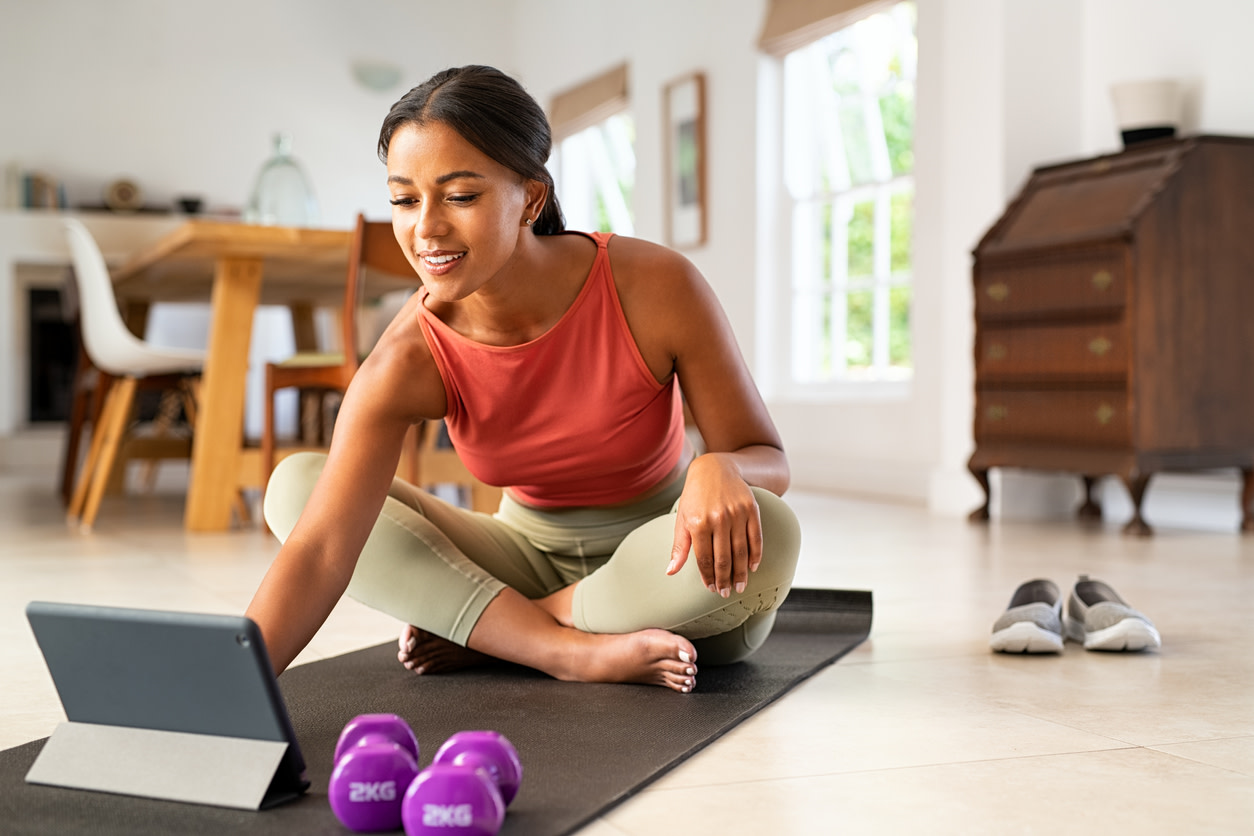Cómo empezar a hacer ejercicio: lo que los fisioterapeutas quieren que sepan los principiantes
Aprende a superar las barreras comunes para comenzar una nueva rutina de ejercicios con consejos de fisioterapeutas.
$0 costo para usted
Fecha de Publicación: Apr 20, 2023
